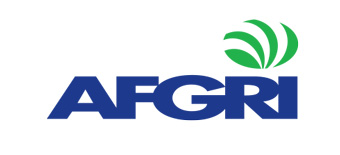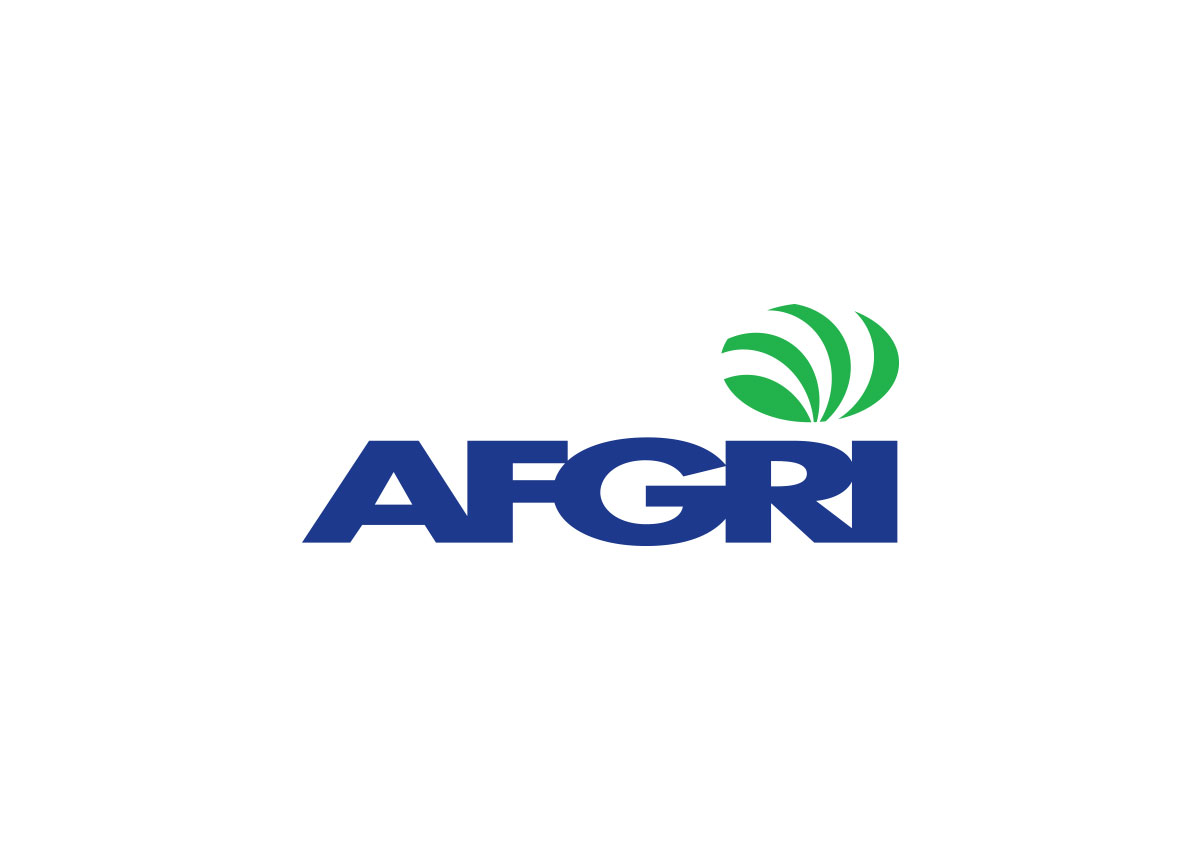Innovative financing needed for growth in demand for farming equipment
AFGRI, one on the largest distributors of agricultural machinery in South Africa, predicts subdued growth in the market for agricultural machinery to 2020, provided farmers can get access to financing.
The market for agricultural machinery in South Africa is expected to grow by between 3% and 5% over the next four years.
Patrick Roux, Managing Director at AFGRI Equipment, says in South Africa the growth in the market for agricultural machinery will be supported by the rapid expansion of technology that will improve yields and make farming more cost effective.
Globally, the agricultural machinery market is expected to grow at a compound annual rate of over 7% during the period 2016-2020, according to global research company Technavio.
In its latest research report on the agricultural machinery market (released in June), Technavio says globally growth will be driven by growing urbanisation, and different initiatives from governments regarding agricultural activities. Many governments, especially in developing countries, are offering credit facilities and subsidies to farmers, which help them in purchasing advanced machinery.
Roux says the growth in the market for agricultural machinery in South Africa will largely depend on cyclical factors, especially seasonal rains, whilst the consolidation in the sector due to the drought of the past few years will also play a role.
He expects a more robust growth in Africa, where the commercial farmers are less mechanised than their counterparts in South Africa. “The high demand for mechanisation will definitely play a role in the growth in the agricultural machinery market on the African continent. The vast new developments in Africa on clearing bush for arable land will force the mechanisation route for all farmers and innovative plans for structured deal making on equipment will also play a role.”
AFGRI has taken the lead with innovative finance schemes in Zambia and Uganda.
In Zambia, AFGRI’s John Deere dealership, in partnership with Zanaco and the Zambia National Farmers Union (ZNFU), provide agriculture asset finance to help farmers mechanise their operations.
In Uganda, the Abba Mechanisation Circle, through AFGRI’s Agricultural Development Services Division, provides farmers with access to mechanisation, which is purchased by AFGRI and made available to them through rental agreements.
Much more is needed in Africa to drive the agricultural sector and increased demand for agricultural equipment. To assist farmers in Africa to increase their yields through the use of modern equipment, government involvement is crucial, and so is the availability of financing for agricultural equipment, says Roux.
According to Roux, this will require the banking sector to take some calculated risks.
He says as Africa is the lowest mechanised continent, the growing demand for mechanisation will drive the market for agricultural equipment. According to the Technavio report this will be supported by the announcement that agricultural departments across the continent will allocate more than US$ 48 million in subsidies to small farmers during 2015-2017.
Roux says in some countries, notably Zambia, there is good support to make finance available for farmers to buy mechanised equipment, but the difficulty to access finance can hamper the growth rate.
Technavio expects that Asia Pacific (APAC) will continue to generate the bulk of the revenue for the global agricultural machinery market. In APAC the market is expected to reach US$74 billion by 2020 compared to US$46 billion expected in North America. APAC has a larger share of the market mainly due to the growing population in this region, which gradually boosts the demand for food. Increased mechanisation is supported by government initiatives such as subsidies for agriculture and credit availability.
In contrast to this rapid growth, the agricultural machinery market in North America has reached maturity and is expected to witness slow growth due to a decline in the price of commodities and a weak forecasted economic cycle in North America.




